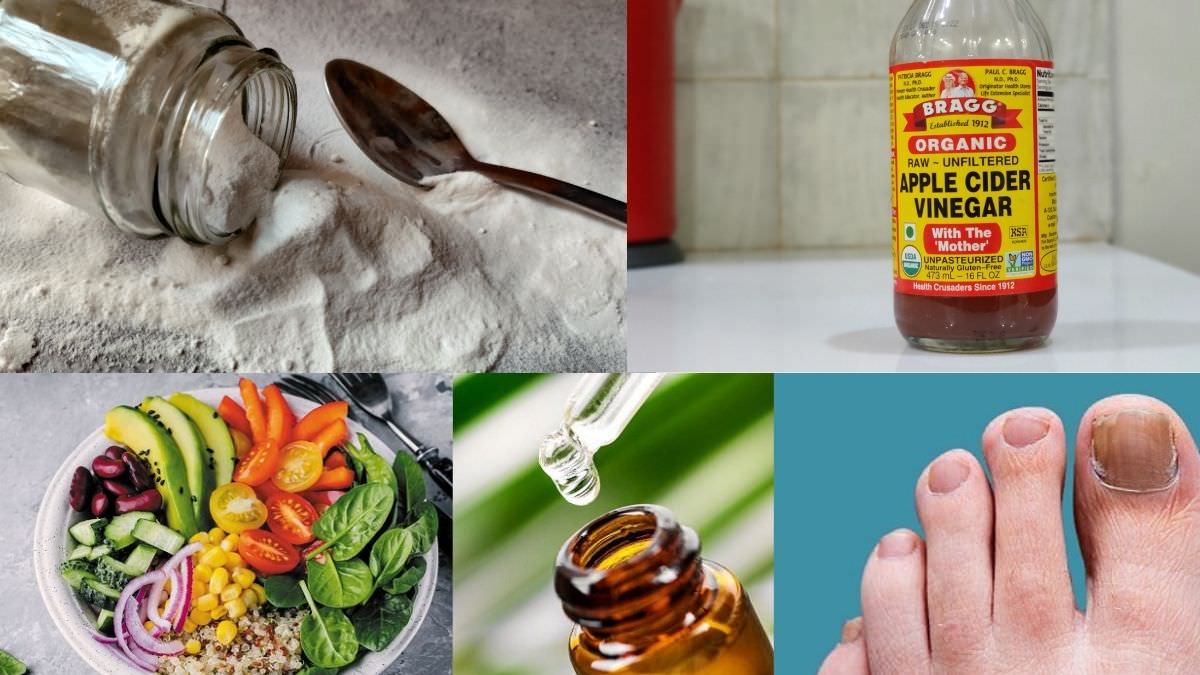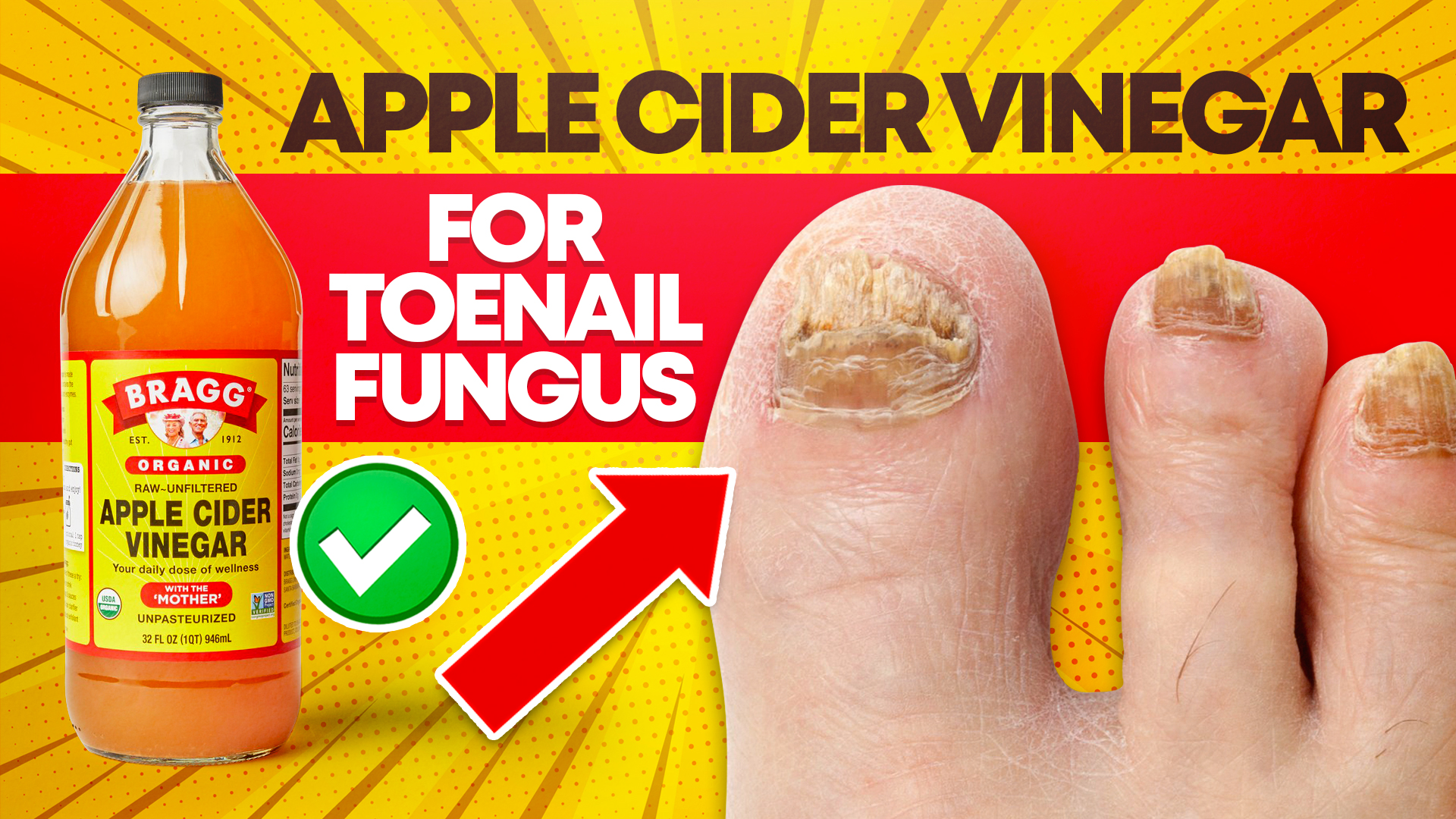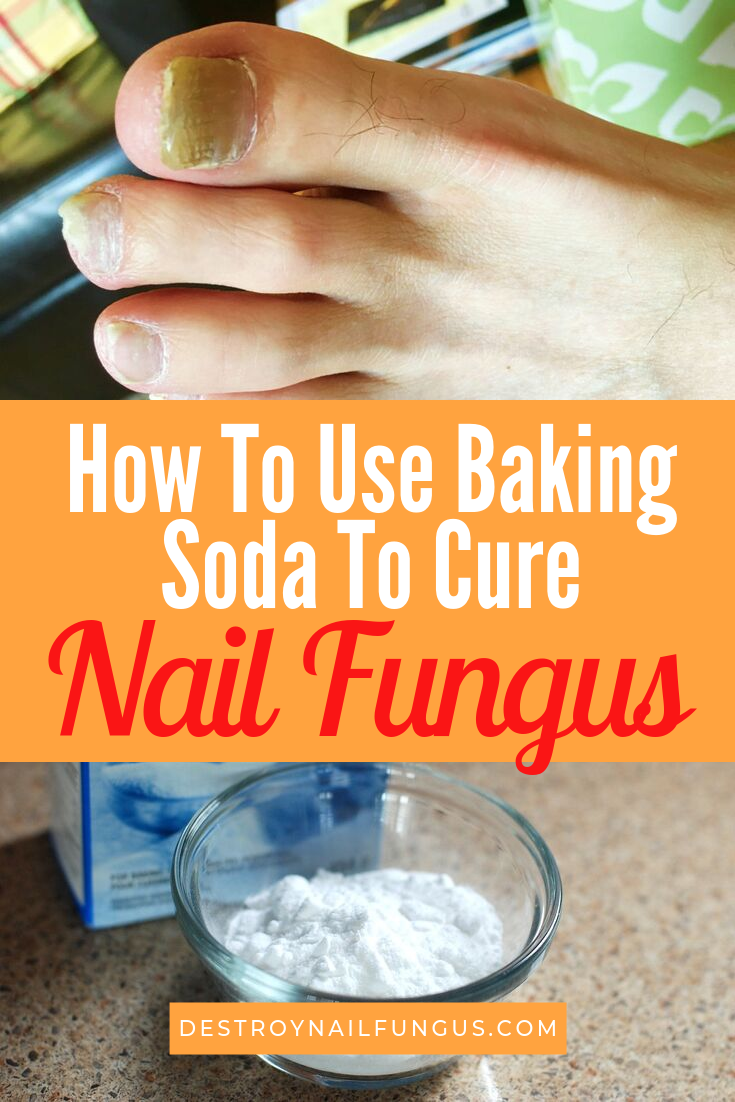Toenail Fungus Apple Cider Vinegar And Baking Soda

Imagine slipping off your sandals on a sun-drenched beach, the warm sand between your toes… But then a flicker of unease crosses your face as you glance down. That familiar yellowing, thickening, or crumbling of your toenails. Toenail fungus, an unwelcome guest that seems determined to crash your carefree summer vibe.
While seemingly a cosmetic issue, toenail fungus, or onychomycosis, can significantly impact your quality of life. The good news is, readily available household staples like apple cider vinegar and baking soda are gaining traction as potential allies in combating this persistent infection.
Let's explore the science and anecdotal evidence surrounding these natural remedies, offering you a comprehensive guide to understanding their role in toenail fungus treatment.
Understanding Toenail Fungus: A Stubborn Invader
Toenail fungus is a common infection caused by various types of fungi. These microscopic organisms thrive in warm, moist environments, making your feet, especially when trapped in shoes, the perfect breeding ground.
According to the Mayo Clinic, the infection usually starts as a white or yellow spot under the tip of your toenail. As it progresses, it can cause discoloration, thickening, and crumbling of the nail.
Left untreated, it can spread to other nails and even the surrounding skin, causing discomfort and pain. Onychomycosis can also cause psychological distress.
Traditional Treatments and Their Limitations
Traditional treatments for toenail fungus include prescription oral medications and topical antifungal creams. Oral medications, while effective, can have potential side effects, including liver damage.
Topical treatments often struggle to penetrate the nail bed effectively, making them less successful in eliminating the infection completely. This is due to the thickness of the nail.
These limitations have led many individuals to seek out alternative and complementary therapies. This is where the appeal of natural remedies like apple cider vinegar and baking soda come in.
Apple Cider Vinegar: An Acidic Approach
Apple cider vinegar (ACV) is a fermented juice made from crushed apples. It’s become a popular home remedy for a variety of ailments.
Its purported antifungal properties stem from its acetic acid content. The acidic environment created by ACV is believed to inhibit fungal growth.
While scientific evidence is limited, anecdotal reports suggest that soaking your feet in a diluted ACV solution can help control the infection.
How to Use Apple Cider Vinegar for Toenail Fungus
The most common method is to create a foot soak using a mixture of ACV and water. A typical ratio is 1 part ACV to 2 parts water.
Soak your affected foot or feet in the solution for 15-20 minutes daily. It is very important that you dry your feet thoroughly afterwards.
Consistency is key. You need to adhere to your treatment plan. You need to continue the soak for several weeks or even months to see noticeable results.
Some people also apply ACV directly to the affected nail using a cotton ball. Always dilute the vinegar to avoid skin irritation.
Baking Soda: Creating an Alkaline Environment
Baking soda, also known as sodium bicarbonate, is a common household ingredient known for its cleaning and deodorizing properties. Its role in fighting toenail fungus is based on its ability to create an alkaline environment.
Fungi generally prefer acidic environments to thrive. Baking soda helps neutralize the pH, making it less hospitable for the fungus.
Like ACV, scientific evidence supporting baking soda as a sole treatment for toenail fungus is limited. It has potential when used in conjunction with other treatments.
Methods of Application: Baking Soda to the Rescue
A popular method involves creating a paste using baking soda and water. Apply the paste to the affected nail, let it sit for 10-15 minutes, and then rinse thoroughly.
You can also add baking soda to your socks and shoes to absorb moisture and create a less favorable environment for fungal growth. This is something you can also do with ACV.
Combining baking soda with other antifungal agents, such as tea tree oil, is also a common practice. This is in an attempt to enhance its effectiveness.
The Synergy of Apple Cider Vinegar and Baking Soda
Some individuals advocate for using apple cider vinegar and baking soda together, believing their complementary properties can enhance treatment outcomes. The idea is that alternating between acidic and alkaline treatments can disrupt the fungal environment more effectively.
For example, you might soak your feet in ACV one day and then apply a baking soda paste the next. The key is to be patient and observant, paying attention to how your nails respond to each treatment.
It's also important to remember that individual results may vary. Some people may find this combination highly effective, while others may experience minimal improvement.
Important Considerations and Precautions
Before embarking on any home remedy treatment for toenail fungus, it's crucial to consult with a healthcare professional. A podiatrist or dermatologist can accurately diagnose the condition and recommend the most appropriate course of action.
Natural remedies may not be suitable for everyone, especially those with underlying health conditions, such as diabetes or compromised immune systems. Individuals with diabetes should be especially cautious when treating foot problems, as they are more prone to complications.
It's also important to be patient and realistic about expectations. Toenail fungus is notoriously difficult to eradicate, and even prescription treatments can take months to show results. Natural remedies may require even longer to produce noticeable improvements.
If you experience any adverse reactions, such as skin irritation, redness, or swelling, discontinue use immediately and seek medical attention.
Beyond Remedies: Prevention is Key
While treating toenail fungus is essential, preventing it from recurring is equally important. Practice good foot hygiene by washing your feet daily with soap and water, drying them thoroughly, especially between the toes.
Wear breathable socks and shoes that allow your feet to breathe. Avoid walking barefoot in public places, such as swimming pools, locker rooms, and showers.
Trim your toenails straight across and keep them short. Disinfect your nail clippers regularly. If you get pedicures, ensure the salon follows strict hygiene practices.
A Final Reflection
The quest to rid ourselves of pesky ailments often leads us down intriguing paths, exploring the potential of natural remedies passed down through generations. While apple cider vinegar and baking soda may not be miracle cures for toenail fungus, their accessibility and relatively low risk of side effects make them worthy of consideration as complementary therapies.
The journey to healthy, fungus-free toenails is often a marathon, not a sprint. It requires patience, persistence, and a holistic approach that combines treatment with preventive measures. So, as you embark on this journey, remember to consult with a healthcare professional, listen to your body, and embrace the power of nature's gentle remedies.
Perhaps, armed with this knowledge, you can finally slip off those sandals with confidence, ready to embrace the sun-drenched beach and the carefree summer days ahead.


















